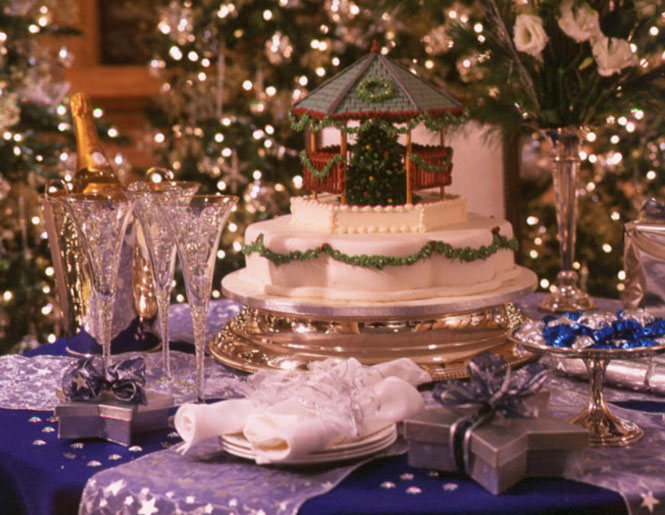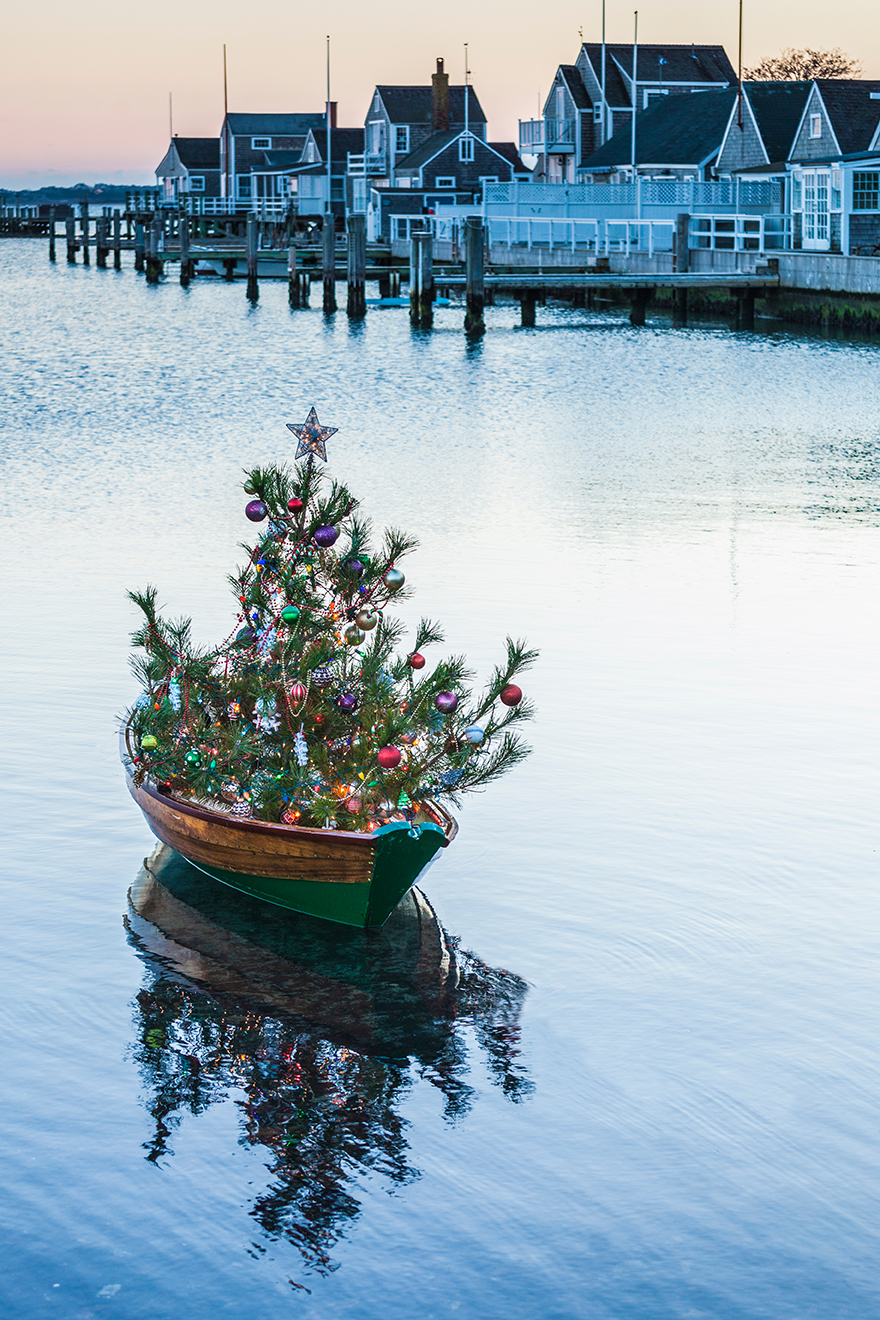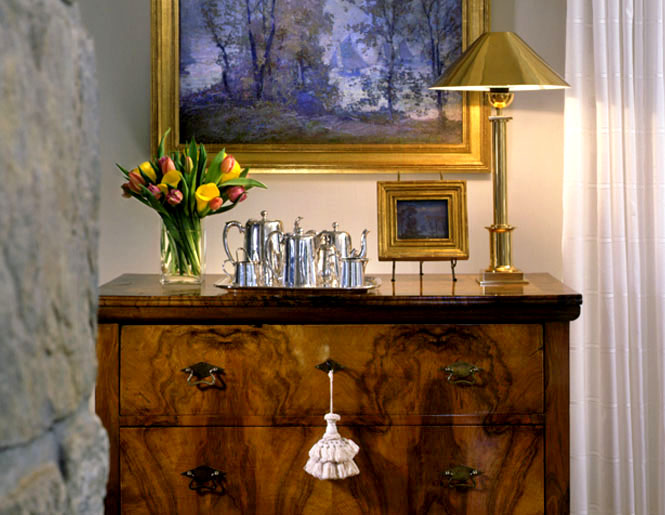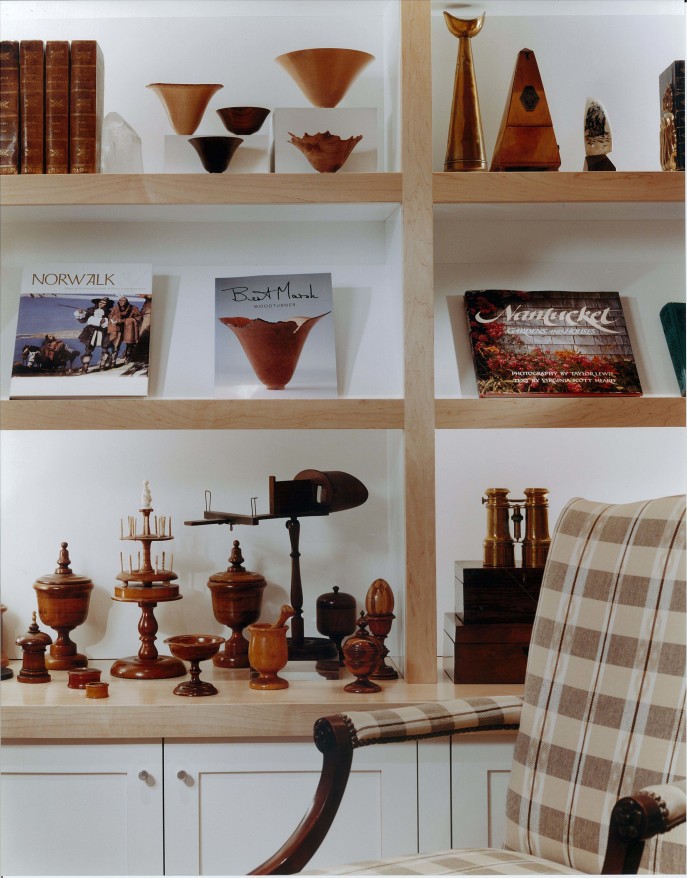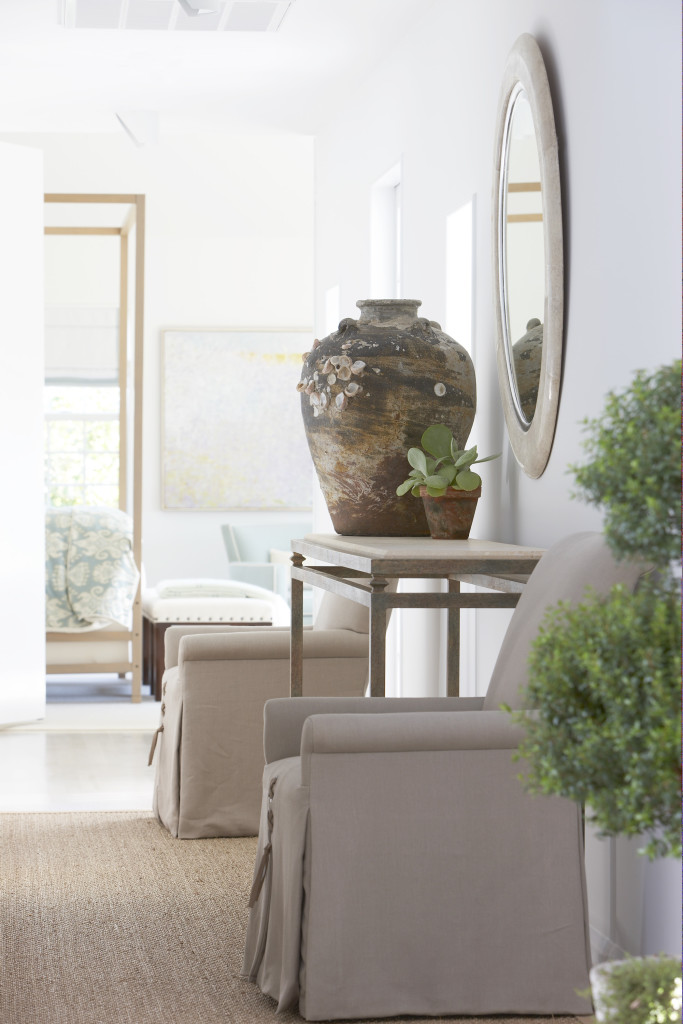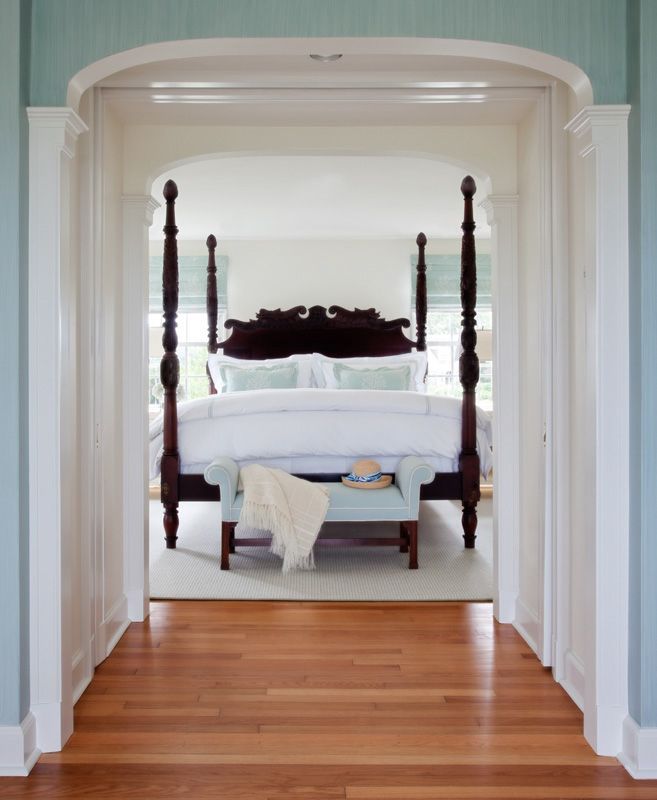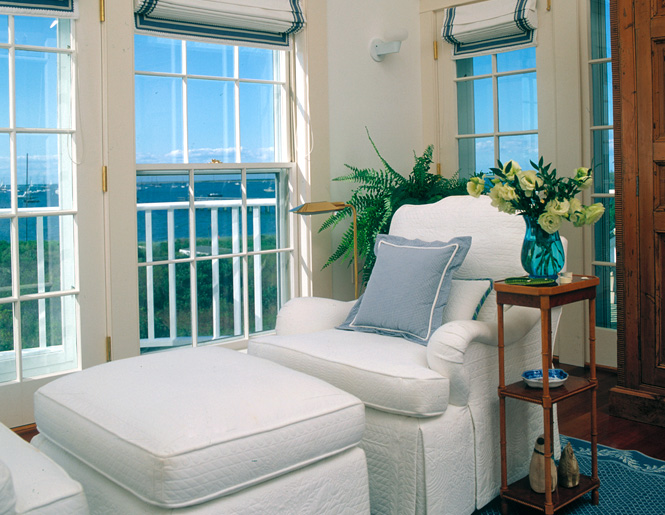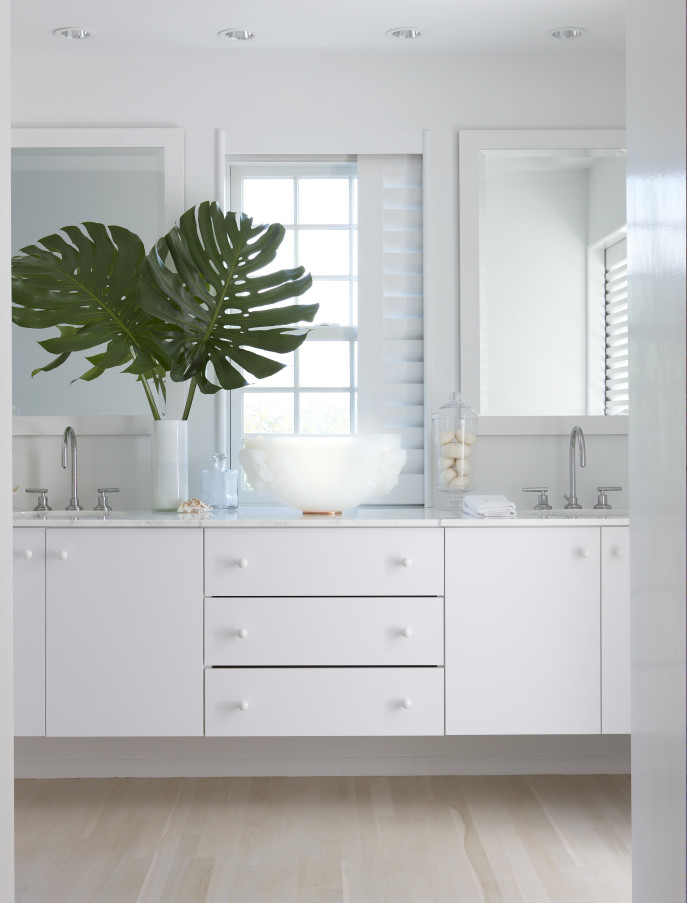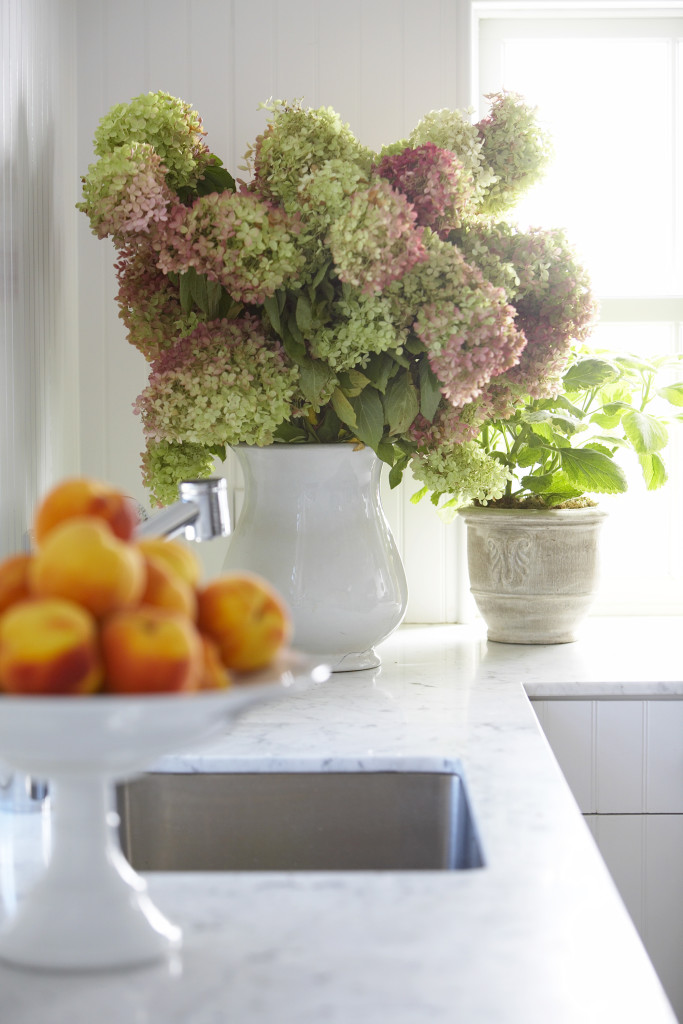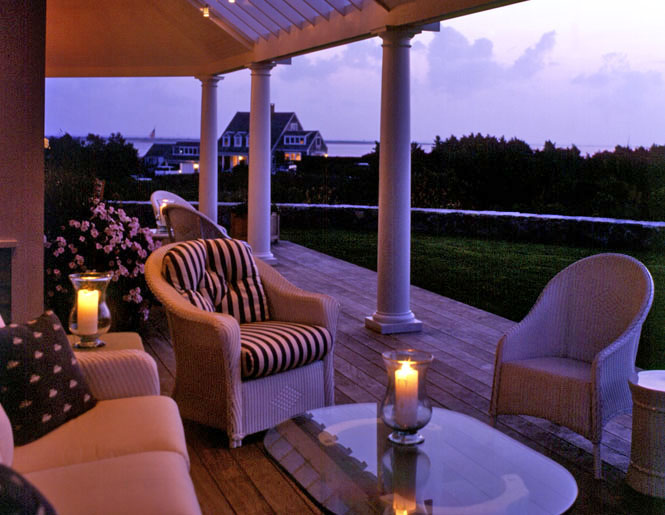I asked my good friend Bob Dane to share with us some of his inspiration and experiences as an artist and master glass blower, part of my continuing series on artists and their work. He kindly agreed. Please click on the link below to enjoy the music of Mongo Santamaria and Afro Blue while you read this post:
I have been blowing glass for over forty years, starting at Massachusetts College of Art in 1973. Over the years I have studied with many of the masters of the Studio Glass Movement, including Lino Tagliapietra, Pino Signoretto, Dan Dailey, Dante Marioni, and William Morris. My work is created in my studio in Heath, Massachusetts, in the northern Berkshires of western Massachusetts. My wife, Jayne, directed a high school music program until 1996, when we opened our gallery on Centre Street on Nantucket. The Dane Gallery shows my work, and the work of some of the top artists working in glass today.
My artistic evolution spans years of working in the studio and learning from colleagues. The themes I have always focused on are of a continuum revolving around life and growth. There is an inherent optimism in my work, which I have tried to reinforce in the face of a seemingly constant barrage of negativity and pessimism coming at us from many sources. The beauty of Nature in its many forms continues to inspire me and inform my work. We are often too absorbed by the day to day of our own small existence to visualize and recognize the grand scheme, which is transpiring around us. My aim is to celebrate the beauty of the progression of life as it ever unfolds and reveals itself.
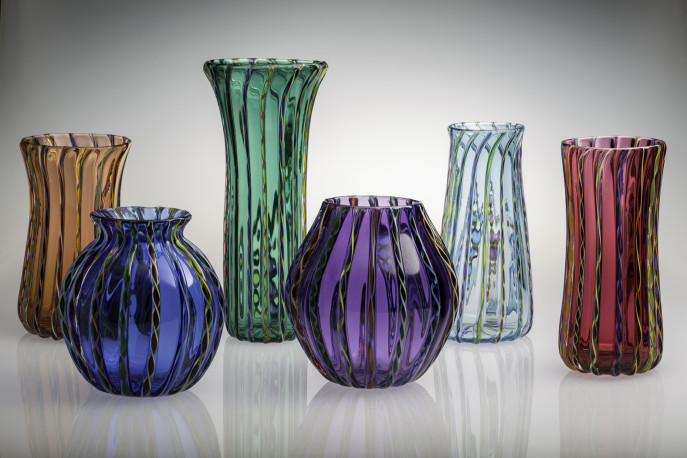
Raised Cane Vases
Another source of my inspiration is music. For many years I have studied Afro-Cuban percussion. The music of the community is reflected in my sculpture. Traditional, folkloric Afro-Cuban music and Jazz share the same spirit of improvisation as glassblowing. When I’m playing in a group, I respond to what the other musicians are doing to create a whole. Something of that improvisation is found in my glass studio, where I work with three assistants. We all have to respond to each other’s movements, timing, and actions to create the finished piece. The horn form, which I have used in many of my sculptures, is a tribute to the improvisational nature of the music and a potent symbol of our culture. The titles of these sculptures are taken from different Jazz tunes.
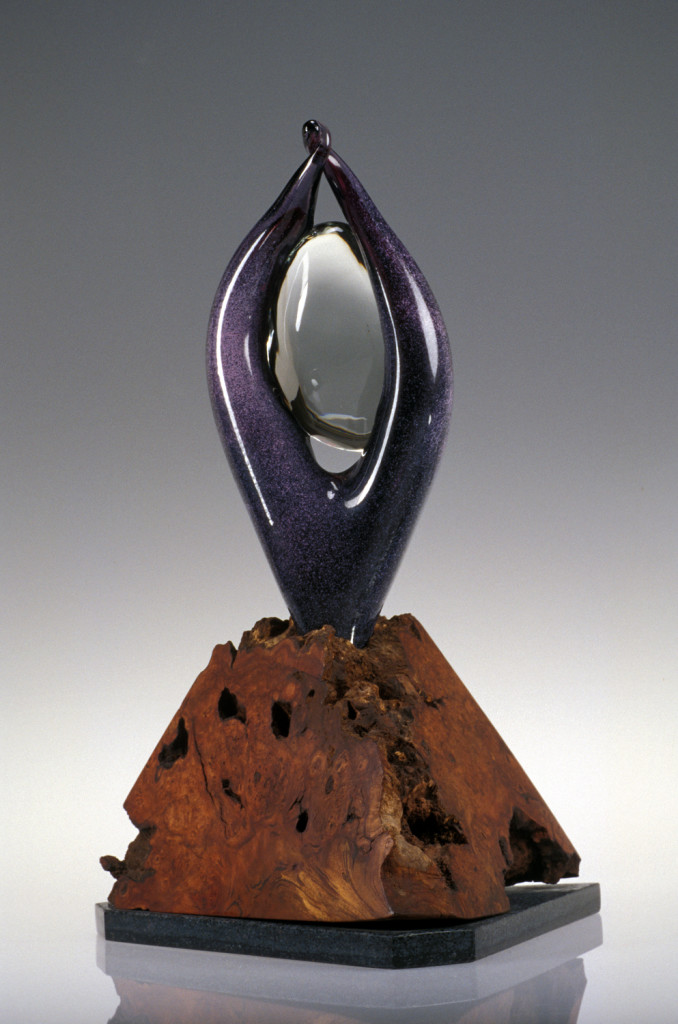
Rejoice
My production work is influenced by the Italian tradition of glassblowing, but has a distinctly American flavor. Vibrant colors and the spontaneous improvisation of these unique designs distinguish my work in a two thousand year tradition of glassblowing. My “Tutti Frutti Goblets” are all one of a kind, spontaneous expressions of life’s pleasures. As in any group, no two are like. When they are together, they enhance each other’s presence, creating a unique and beautiful experience. My goblets are very functional, and they set a beautiful table. I celebrate the communion I share with the people who drink from my glasses.
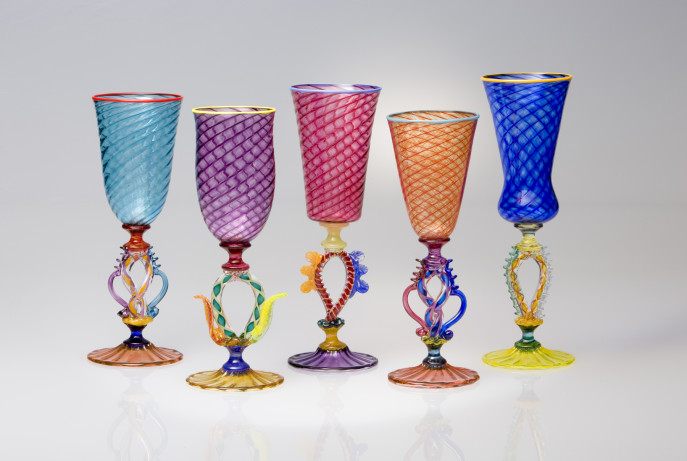
Tutti Frutti Wine Goblets
Glass is a very common material, but at the same time it is mysterious and exciting. It is made primarily from sand mixed with other chemicals,to make the silica melt at a lower temperature (2000 degrees F), and to give the glass certain working and visual properties. In the studio, the fire, the movement, and the need to be constantly focused on the process have sustained my love affair with this amazing material. I am constantly learning new techniques as I work. With glassblowing, there is always a sense of discovery that is truly endless.

Tutti Fruiti Water Goblets
Another reason glass appeals to me is that the tools and the processes we are using today basically haven’t changed over the last thousand or more years. We’re living in a techno-industrial society, but we’re carrying on this tradition, perpetuating the culture of handmade things. A glass blower from a thousand years ago could sit at my bench today and know exactly what to do. Glass does not deteriorate. It is fragile yet strong. The pieces that survive are a record of our culture and history, as they have been for thousands of years.
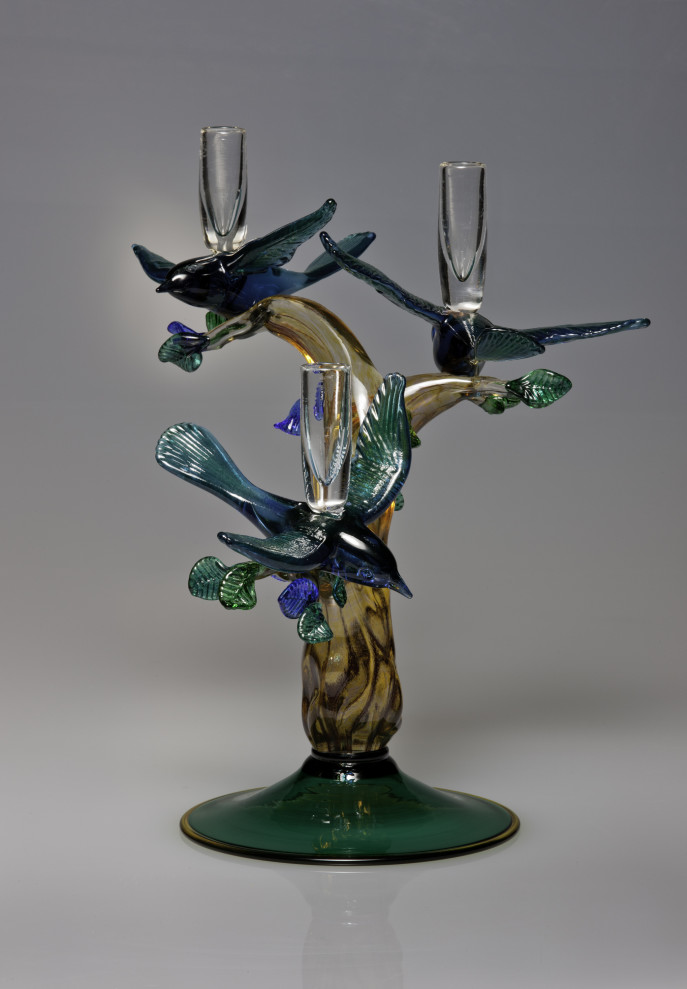
Three Birds Candelabra
This summer will be an exciting one for glass and art on Nantucket. The Dane Gallery is proudly sponsoring a return visit by the Hot Glass Roadshow of the Corning Museum of Glass. (www.hotglassnantucket.org) All of the proceeds from “Hot Glass Nantucket 2016” will directly benefit the Nantucket Boys & Girls Club, a vital island organization dedicated to the education and development of the youths of Nantucket. So far we have raised almost $200,000 to support the programs of the Club.
The Hot Glass Roadshow is a portable glassblowing facility dedicated to bringing the artistry and education of glassmaking to the general public. “Hot Glass Nantucket 2016” will be a great opportunity for the Nantucket Community to experience the mystery and excitement of glassblowing firsthand. The focal point of the program will be “You Design It; We make it!” Children will participate by designing and drawing a glass object. Over the course of the weekend, designs will be chosen to be created in glass by the Corning glassblowers. This will be a unique and special experience that they will never forget. In addition, we will present glassblowing demonstrations by artists represented in our gallery: Raven Skyriver, Toots Zynsky, and myself. See their work at www.danegallery.com, and my work at www.robertdane.com.
Here are a couple of videos to get a sense of what we do in the hot shop:
Raven Skyriver: https://vimeo.com/96101947
Robert Dane: https://www.youtube.com/watch?v=vxwpLb16hpw



